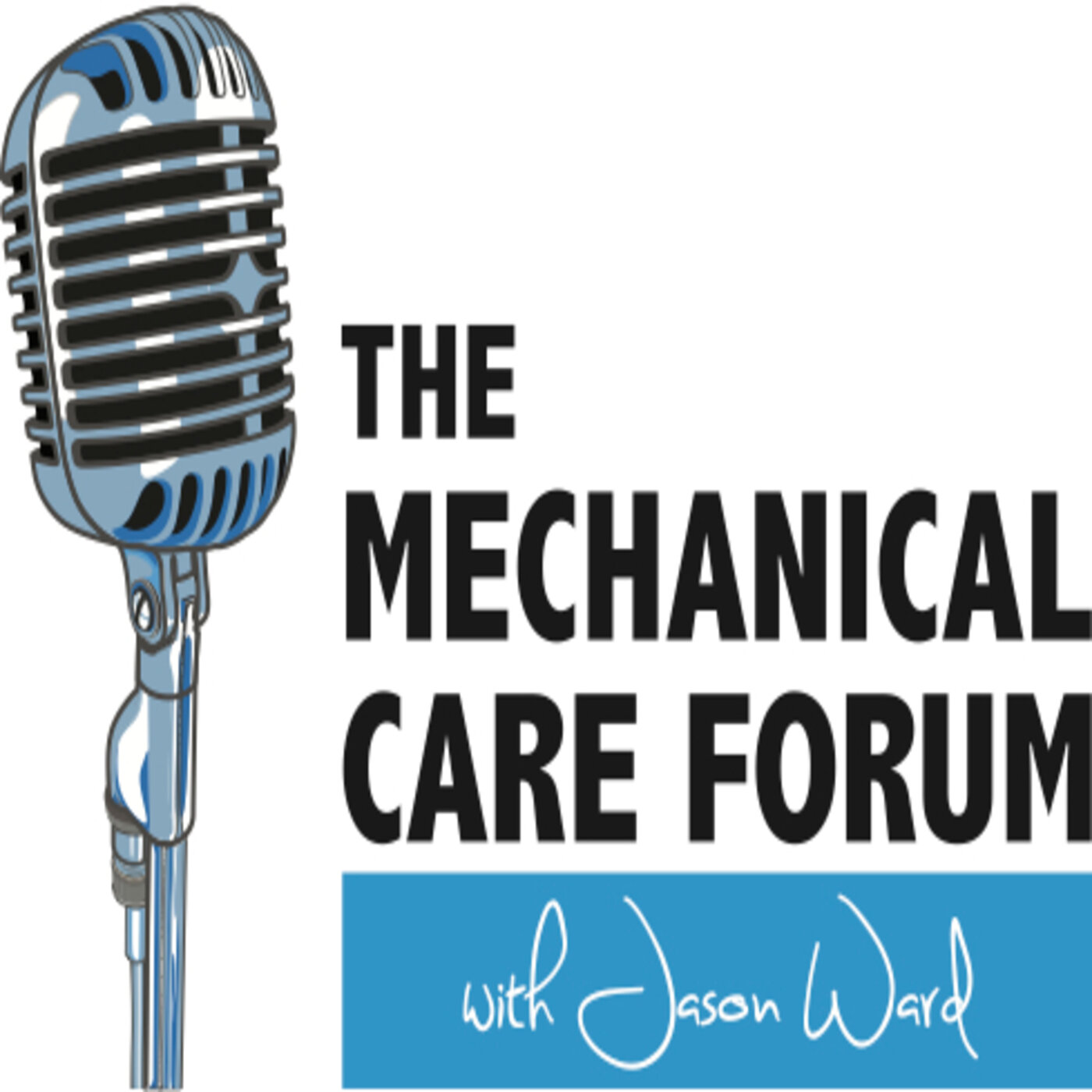Helen Clare
Australia| PhD (USyd), FACP, Dip MDT, Specialist Musculoskeletal Physiotherapist
SHOW NOTES
Personal Background
Helen grew up in New Zealand on an orchard as a child and shifted life to Sidney, Australia and enjoys her family while not in her private practice or away instructing courses.
Professional Background
Dr. Clare was influenced early on to consider physiotherapy upon reading a novel about a traveling therapist. Her training was at Otago University in Dunedin, NZ, the same school that Robin McKenzie attended years prior. She was influenced by shadowing Michael Monegan the local expert on treatment of the spine at that time. Her observation period with Michael, she remembered, included one occasion when the hospital lost electricity and Helen was most impressed as he was the only physio able to continue to work during the power outage because he was manually trained.
Her early training was based on Maitland principles. She had other exposure to the Kaltenborn approach. In her master’s work she performed a systematic review of the literature on the McKenzie Method and later pursued becoming faculty. Through further training and extensive instruction of the method she later applied and was appointed as the International Director of Education for the McKenzie Institute International.
She has since gained a PhD studying the efficacy of MDT and the qualification of specialist in musculoskeletal physiotherapy. She now teaches and has her own private practice with an emphasis in cervical pain, cervical radiculopathy and cervical-shoulder differential diagnosis.
Patient Education Analogy
Helen uses pathoanatomical explanations as well as every day experiences like a sprained ankle to relate the problem to something the patient understands well. She has built relationships with referral sources and educated them as to what she does and what her patients receive so that they’re not surprised o what they get when they come to her.
Challenges
The view that MDT is an adjunct to other things they do. They don’t see it as a complete philosophy. And that view results in about 50% drop off rate from those that take part A and B and those that complete part C and D and credential.
Education of MDT will be most effective and far reaching as long as it uses live patients but also is time effective and describes it as applicable to all types of musculoskeletal patients. Additional emphasis will include a strong working relationship between each chapter across the world.
We hope to deliver this content to the committed professional who wants to improve his/her care and we hope to do it in a way that is easily accessible, the world over, in today's technological age.
To contribute:
Give a 5-star review on iTunes;
Share EP #30 with a friend; and/or
Connect with us on the Spotify MCF Podcast and MCF Instagram page!
Thanks for your support!

